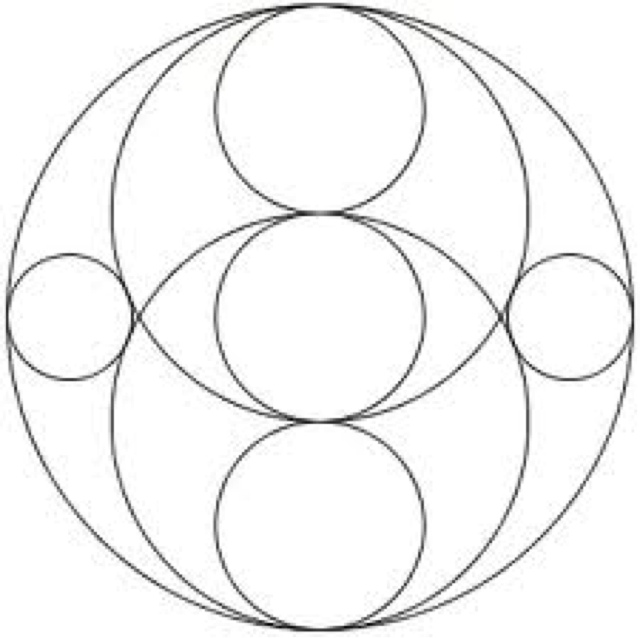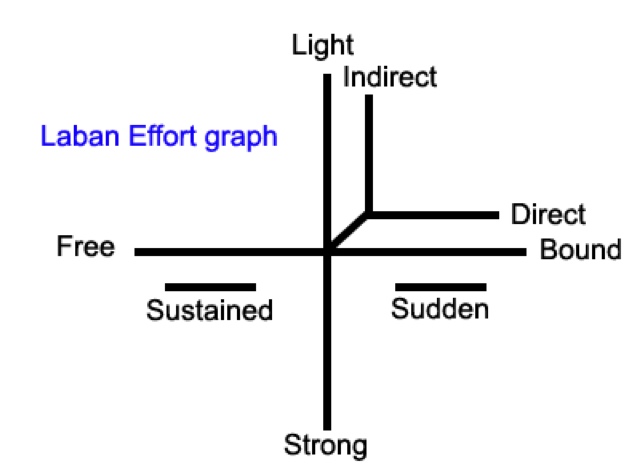Read an amazing article by Anne Bogart today, which was very timely for some of my recent hurdles. We are struggling through mountains of written and devised work in our RADA classes right now; devising a LABAN based piece from The Lady In the Moon, an Elizabethan court play, and more recently devising a response to Genet's Our Lady Of The Flowers for Scene Study.
As we work through these tasks, all in differing groups, the same things seem to recur. We end up spending a lot of time sitting, talking about what something can look like, and this can go on for hours if we were to let it. But if we just get up and DO something, even if we don't know what that is, the results are far more fruitful. We need to get out of our heads, because as we do our bodies take over, and the results are breathtaking.
As we work through these tasks, all in differing groups, the same things seem to recur. We end up spending a lot of time sitting, talking about what something can look like, and this can go on for hours if we were to let it. But if we just get up and DO something, even if we don't know what that is, the results are far more fruitful. We need to get out of our heads, because as we do our bodies take over, and the results are breathtaking.


